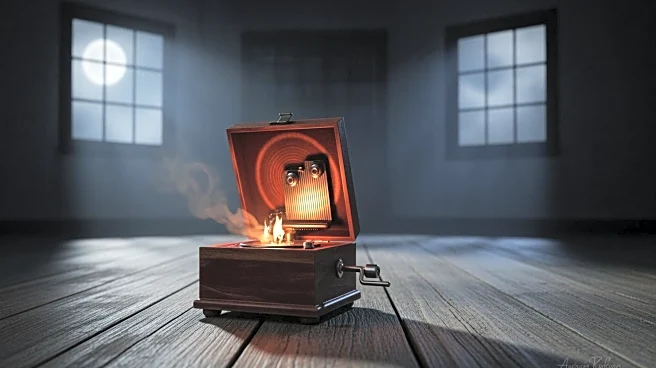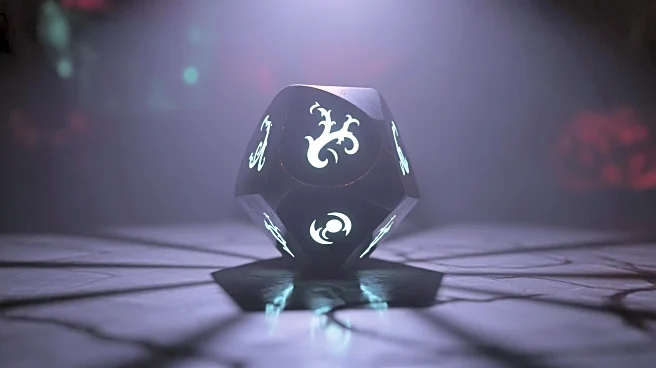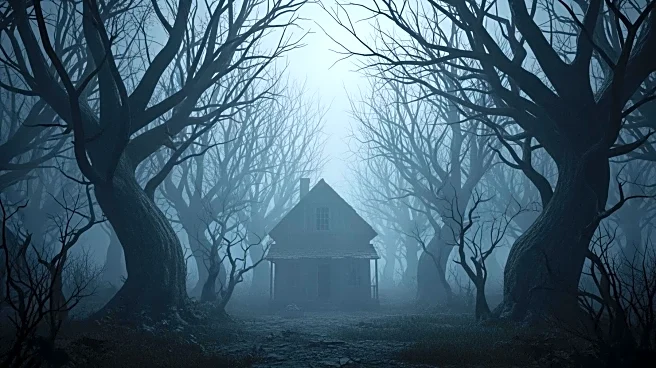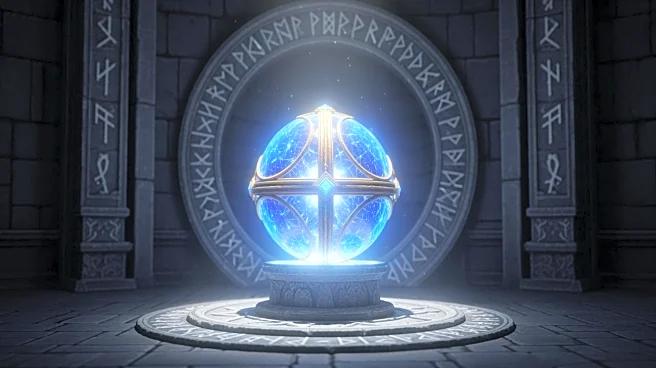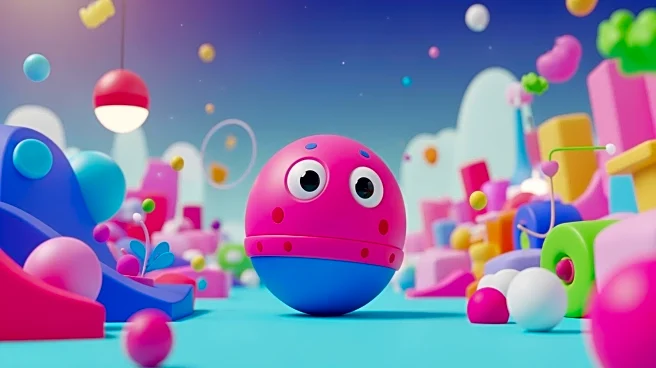What's Happening?
PC Gamer has reviewed the horror game 'Bye Sweet Carole,' highlighting its unique blend of nostalgia and horror. The game, which features 2D animation reminiscent of classic Disney films, initially presents
a charming and familiar setting. However, it quickly transitions into a horror experience, challenging players with creative problem-solving tasks. The protagonist, Lana, navigates through eerie environments, including an orphanage and a decaying estate, while being pursued by various threats. The game is noted for its narrative depth and atmospheric tension, rather than relying on jump scares.
Why It's Important?
The review of 'Bye Sweet Carole' underscores a growing trend in the gaming industry where developers are blending nostalgic elements with horror to create unique experiences. This approach appeals to players who grew up with classic animation styles, offering them a familiar yet unsettling experience. The game's emphasis on narrative and atmosphere over traditional horror elements could influence future game designs, encouraging developers to explore more creative storytelling methods. This could lead to a broader acceptance of horror games among audiences who typically avoid the genre due to its reliance on jump scares.
What's Next?
As 'Bye Sweet Carole' gains attention, it may inspire other game developers to experiment with similar blends of nostalgia and horror. The game's reception could lead to increased interest in narrative-driven horror games, potentially expanding the market for such titles. Additionally, player feedback may influence future updates or sequels, as developers seek to refine the balance between nostalgia and horror. The success of this game could also encourage collaborations between animators and game developers to create visually distinctive and emotionally engaging gaming experiences.
Beyond the Headlines
The use of nostalgic animation styles in 'Bye Sweet Carole' raises interesting questions about the role of childhood memories in horror media. By juxtaposing familiar, comforting visuals with unsettling themes, the game challenges players to confront their perceptions of safety and fear. This approach not only enhances the horror experience but also invites players to reflect on the impact of media on their formative years. Such games could contribute to broader discussions about the psychological effects of nostalgia and its potential to evoke complex emotional responses.


